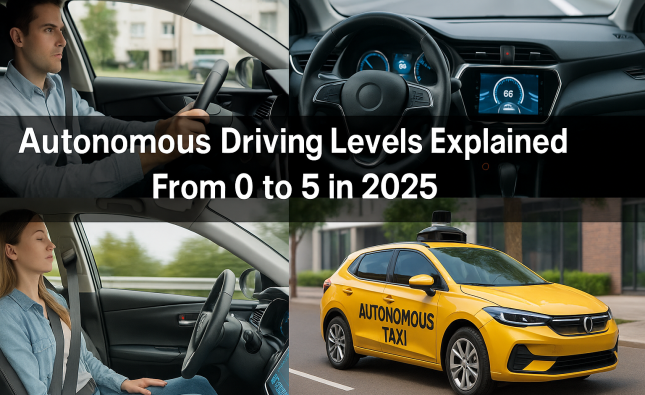
Introduction:
Over the past few years, the automotive industry has seen a significant increase in the development and production of autonomous cars. These self-driving vehicles are equipped with advanced technologies that allow them to operate without human input. While this new technology is exciting, it has also raised safety concerns. In this article, we will explore the safety features of autonomous cars and how they are making driving safer for everyone.
The Benefits of Autonomous Cars

Autonomous cars have the potential to revolutionize the automotive industry. They are equipped with the latest technology, including sensors, cameras, and artificial intelligence, which allows them to navigate roads and traffic with ease. These features make driving safer and more efficient, which is good news for everyone. Autonomous cars have the potential to reduce accidents caused by human error, which is one of the leading causes of auto accidents. They can also reduce traffic congestion and improve fuel efficiency.
Safety Features in Autonomous Cars
Autonomous cars are equipped with a variety of safety features that are designed to make driving safer. One of the most important safety features is the ability to detect and avoid obstacles. These cars use sensors and cameras to detect objects in their environment and make decisions about how to navigate around them. They can also detect other vehicles on the road and adjust their speed and direction accordingly. This technology helps to reduce the risk of accidents caused by human error.

Ability to Communicate
Another important safety feature in autonomous cars is the ability to communicate with other vehicles on the road. This technology, known as V2V communication, allows cars to share information about their speed, direction, and location. This helps to reduce the risk of accidents caused by drivers who are not paying attention or who are driving recklessly. V2V communication also allows cars to communicate with traffic signals and other infrastructure, which can help reduce traffic congestion and improve overall safety.
Ability to Take Over Riding
One of the most significant safety features of autonomous cars is the ability to take over driving in certain situations. For example, if the driver becomes incapacitated or if the car detects a potential accident, it can take control of the vehicle and bring it to a safe stop. This feature can help to prevent accidents caused by medical emergencies or other unexpected events.
Challenges of Autonomous Cars
While autonomous cars have many benefits, some challenges need to be addressed. One of the biggest challenges is ensuring that the technology is reliable and safe. These cars rely on complex systems that must work together seamlessly to ensure safe operation. Any failure in these systems can lead to accidents and injuries. As a result, it is important to thoroughly test and validate these systems before they are deployed on public roads.

New Regulations and Laws
Another challenge is the need for new regulations and laws to govern the use of autonomous cars. These regulations need to address issues such as liability, privacy, and cybersecurity. They also need to ensure that these cars are safe and reliable and that they integrate seamlessly with existing infrastructure and vehicles.
Conclusion
The development of autonomous cars is an exciting development in the automotive industry. These vehicles have the potential to make driving safer and more efficient for everyone. However, the technology also presents challenges that need to be addressed. By focusing on safety and reliability, and by developing regulations and laws that address the unique challenges of these cars. We can ensure that this new technology is a positive development for society.










